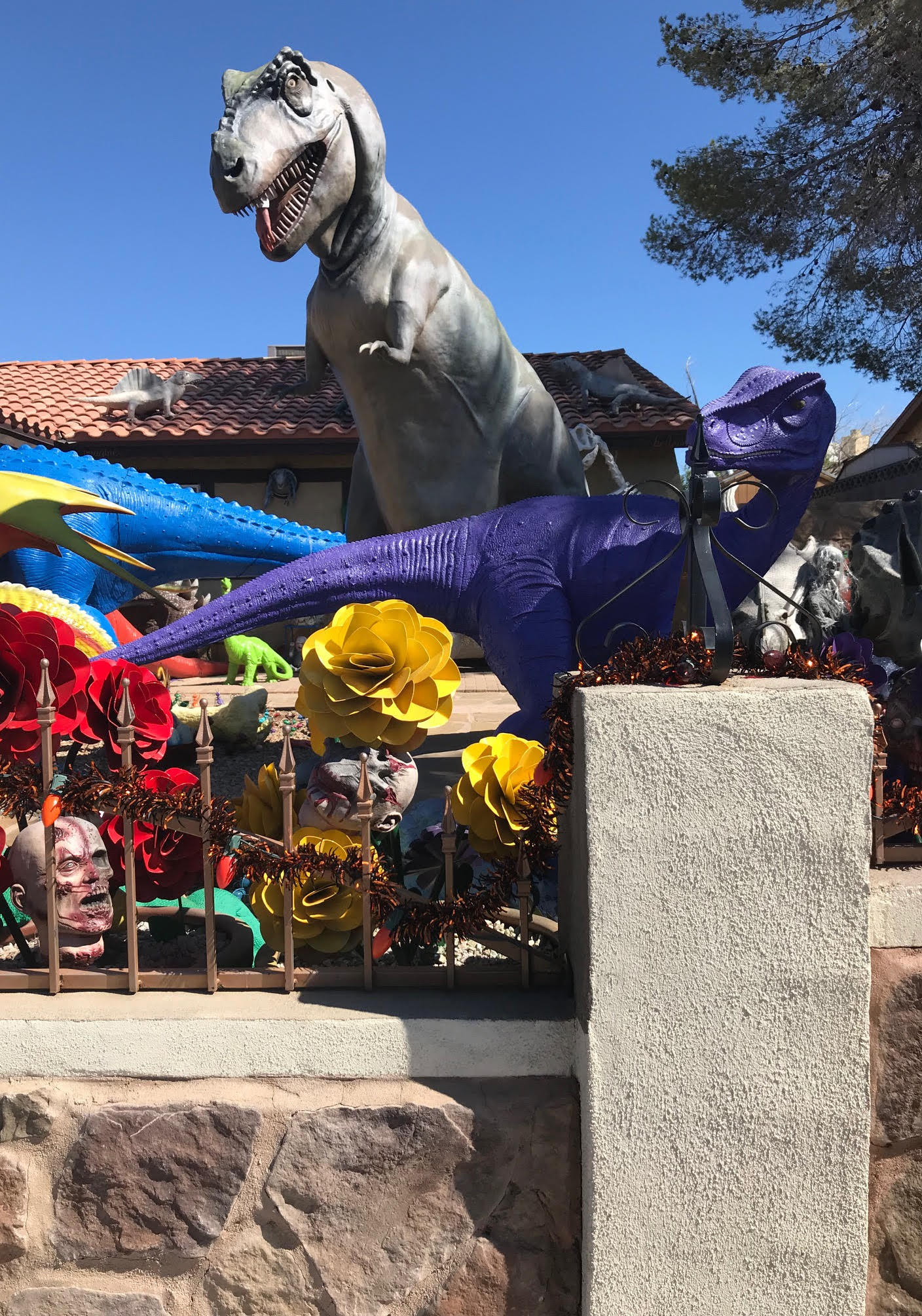
In case you haven’t noticed, yard art is a thing. The term conjures up images of gaudy holiday decorations that, to your disappointment, become permanent installations in your neighbor’s yard— or perhaps the infamous pink flamingo.
Interestingly, the flamingo craze began as an authentic beautification movement in working class neighborhoods. The fake birds were developed in the 1950s and did not originate in Florida but rather Massachusetts — the self-proclaimed “plastics capital of the world.” The birds were sculpted by artist Don Featherstone from a National Geographic photo spread and mass-produced by Union Products with a revolutionary technology of the day — injection molding. Despite its authentic roots, eventually the pink birds became an insider joke deployed by the upper class for cleverly themed charity galas — a way of establishing their good taste by exposing the “bad taste” of others. Regardless, even the Smithsonian recognizes the cultural significance of the pink flamingo yard art phenomenon.
Embellishing our yards and gardens with objects, other than plants and water features, is a vernacular practice generated by a population that perhaps lacks formal visual education.
The public, expressive nature of these installations makes them valuable cultural artifacts that can’t be dismissed off hand. The particular installation shown here, a few blocks from my apartment, caught my attention due to its complexity, quality and consistency. It required considerable effort and consideration — perhaps it is the result of an obsessive urge to make something unique and share it with others (one possible definition of an artist). This particular installation is dominated by high-quality neon replicas of various dinosaur species. While some undoubtedly consider this installation an eyesore, I find this work strangely delightful, and every human being under the age of 12 agrees with me. If you haven’t seen much yard art, or don’t have any art in your yard, you probably live in a community with too many expectations and residents over the age of 12.
